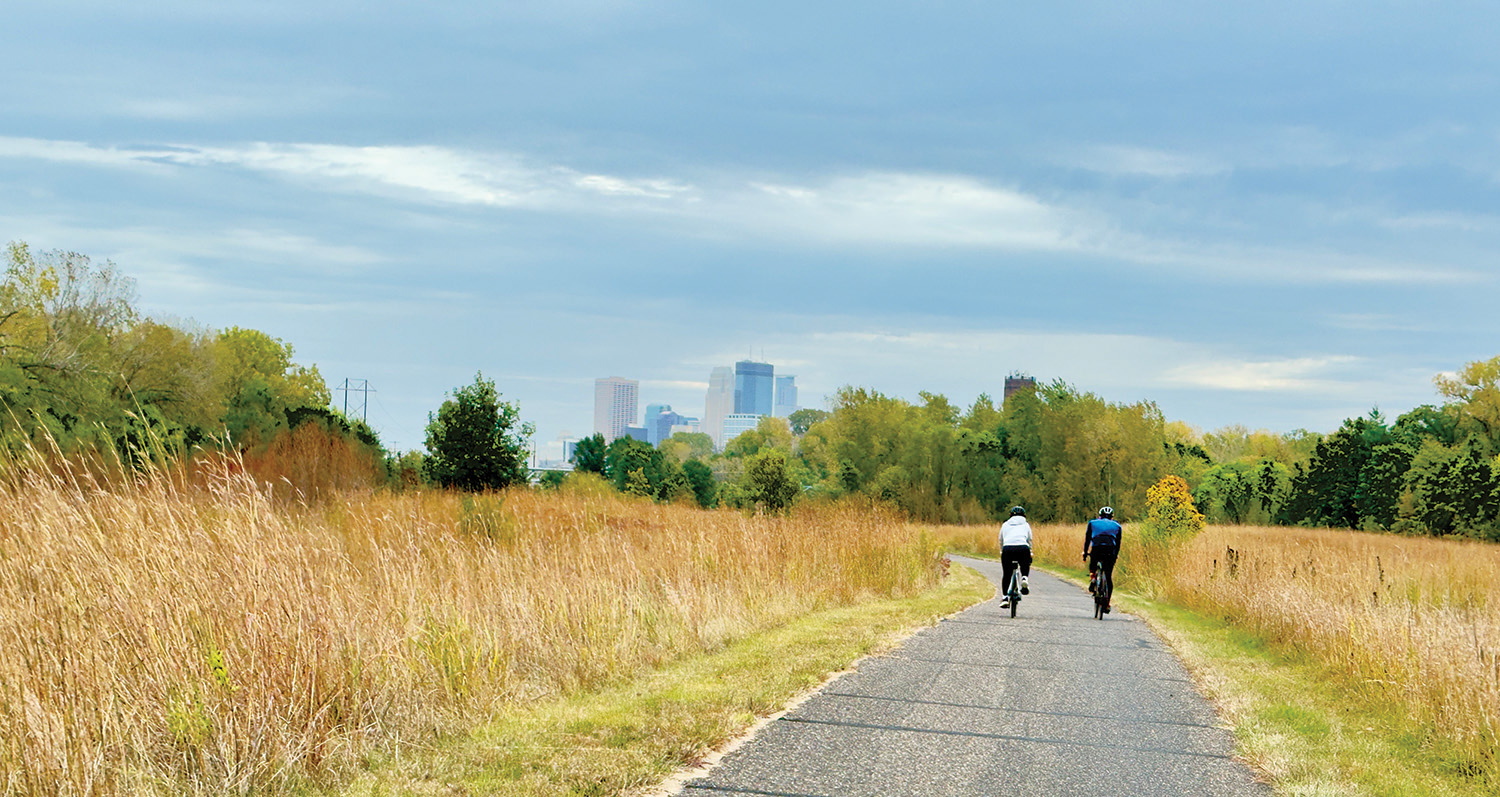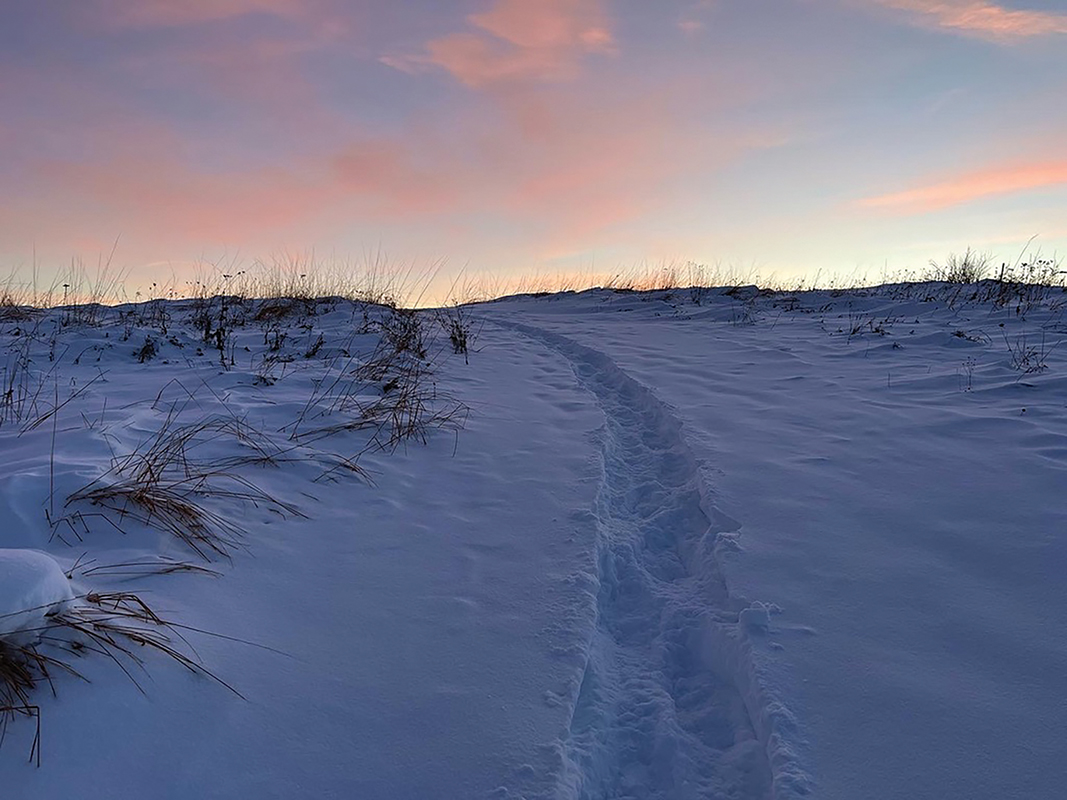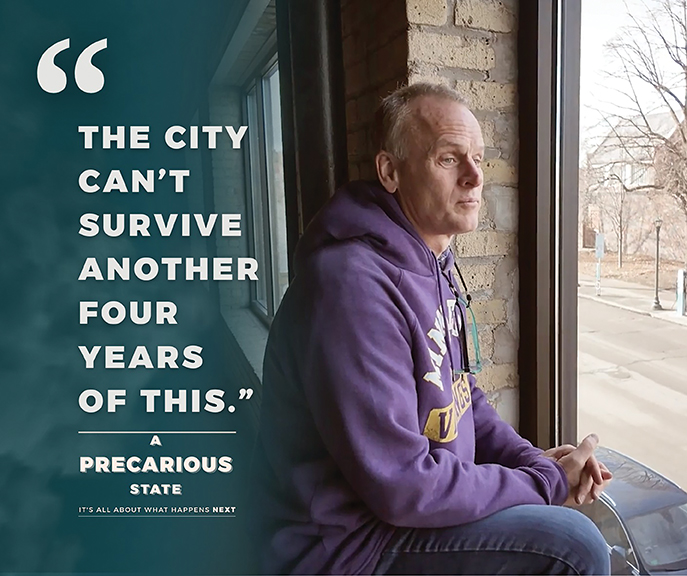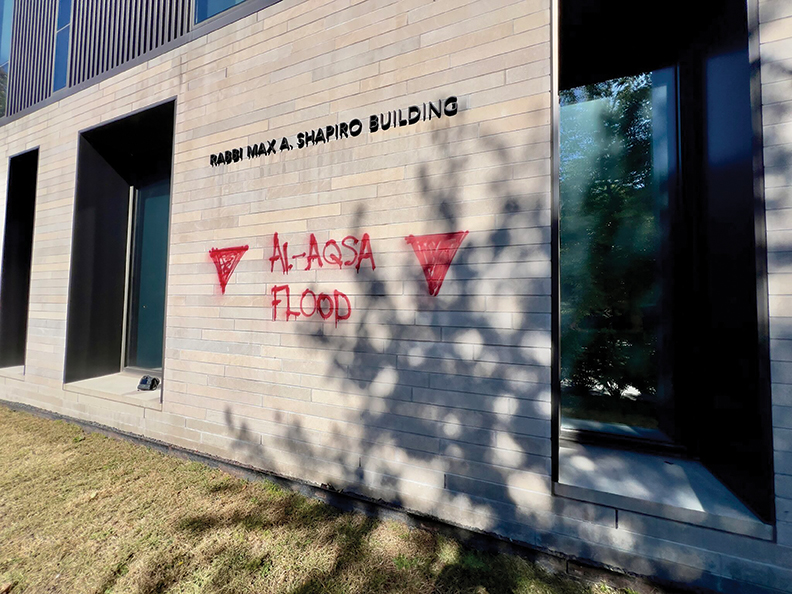Perhaps you noticed that last month, for the first time, you received your Hill & Lake Press via the U.S. Postal Service. Partly because the USPS delivers to every individual apartment and condo address, we were able to expand HLP circulation from 6,000 in May to 8,000 in June. This month we will be increasing to nearly 9,000.
Since bulk-mail delivery can take anywhere from four days to two weeks, we will now publish by the month instead of on a specific date. In the past that was the third Thursday of the month (e.g., July 15 this month). Now you will not see a publication date, just the month and year: “July 2022.”
I’m happy to report that delivery reliability increased dramatically for Cedar-Isle-Dean and Kenwood streets that are off the city’s geometric grid. Reliability also increased for condominium and apartment units, which were difficult for door-to-door delivery people to access.
However, several addresses in East Isles and Lowry Hill reported not receiving papers at all—notably along the southern portion of Lake of the Isles Parkway and Douglas Avenue. We are presently investigating this and ask that you notify us if you do not receive a Hill & Lake Press in your mailbox by August.
In this issue Janet Hallaway reports that the Minneapolis City Council made a historic vote on the Hennepin Avenue Reconstruction Plan to support Mayor Jacob Frey’s veto of a plan to eliminate parking in favor of a 24-hour bus lane. We continue to hear from people concerned about the future of the commercial corridor. Mary Pattock writes about an opportunity to improve the Minneapolis 2040 Comprehensive Plan.
We also learn from Marty Carlson about the Park Board’s release of the Preferred Park Concept for Cedar-Isles Master Plan, which many local residents feel is a step in the right direction. However, as reported by Neil Trembly & Keith Prussing, many are skeptical of implications for ongoing maintenance, in view of the fact that the Park Board has a difficult time maintaining its current assets; an example is Cedar Lake Park Prairie, which hasn’t been properly maintained for seven years.
Constance Pepin reveals that we have another potentially devastating invasive organism known as “jumping worms” in Cedar Lake Park. Finally, Josie Owens uncovers the clever design response in the Purcell-Cutts house in East Isles to the tuberculous pandemic 100 years ago.
Enjoy a lovely summer and please send us photos, artwork, stories and poems expressing how you are experiencing the warm months at hillandlakepress@gmail.com. We hope to cover it in August!
Former City Council President Lisa Bender Moves to the ‘Burbs
By Susan Lenfestey
Kudos to the Hill and Lake Press for its excellent coverage of the controversial makeover of Hennepin Avenue.
One of the stated goals of the makeover—to reduce carbon—is well intended, but in a sprawling northern city like ours, e-cars are a more viable solution than bikes and buses. This current plan includes neither parking nor charging stations for e-cars, does very little to reduce carbon, and will simply draw people to the car-friendly suburbs a few miles to the west.
Apparently that trend has already started. According to real estate records, former Minneapolis City Council President, Lisa Bender, Ward 10, co-founder of the Minneapolis Bicycle Coalition, advocate of the Hennepin Avenue makeover and proponent of protected bike lanes on city streets (including 26th and 28th) has purchased a home in Minnetonka.
She’s entitled to do so, of course, but it is an interesting choice given her former stand on cars and bikes. “Parking is a sensitive issue in my ward but I know that sometimes it is necessary to take out parking to implement a complete system of protected bikeways and have and will continue to support building our system.” (https://www.ourstreetsmpls.org/lisa_bender)
Minnetonka, take note!
Susan Lenfestey lives in Lowry Hill and is an original cofounder and current board member of the Hill & Lake Press.
Kudos to Margaret Anderson Kelliher for Being Reasonable.
By Carin Peterson
A July 13 StarTribune article reported that, “Hennepin is one of the busiest city streets in Minneapolis, carrying 15,000 to 31,000 vehicles, 6,600 transit riders and 220 to 280 bicyclists daily, according to the city.” Is sacrificing small businesses and traffic flow worth appeasing 220 to 280 bicyclists? Hennepin Avenue deserves better. The current Hennepin Avenue Reconstruction Plan intended for the next 50 years is a colossal mistake for multiple reasons.
First, the City’s plan is based on a woefully inadequate parking study. It claims that after the City removes street parking there will still be adequate spots in the lots along the corridor…but by the way neglects to mention that those lots are private. They belong to The Kenwood, Kenwood-Isles Condos, Kowalski’s, the YWCA, etc.— and will continue to be needed for their own customers and members and will not be open to the public.
How does this kind of flawed information from the City serve us? It does not. It only obscures the issue, and that seems intentional.
Second, it is a plan based on unacceptably inadequate public engagement (obvious by the ever-growing public backlash). It was conducted during a pandemic when few could attend meetings or afford to pay close attention. Well, we are paying attention now and we are ANGRY!
It is an attack on small businesses, businesses who neither want, need, nor approve of a plan that will kill them—yet a plan that they will be required to pay for through assessments. Why? Largely because a small but very vocal lobby has gripped our city government by the throat and holds us all hostage.
This plan is for a future where there will be no more small businesses. The only businesses that will survive will be the ones with surface parking lots.
It is a plan that turns Hennepin into nothing more than a commuter line, funneling people in and out of downtown—where occupancy rates are a fraction of what they were pre-pandemic and may never come back. It is a plan that relies on past data with little vision for the future, a future in which the only businesses that survive will have surface parking lots.
Is THIS really what we want for our city? Can nothing be done to stop this?
A reasonable compromise would have been to allow dedicated bus lanes AND parking to coexist by moving the unsafe bike lanes off this major corridor on to a far safer option, such as Irving Avenue.
But there is not much reasonable about a lobby that insists on getting all they demand and takes down anyone who disagrees with their ideas and approach. So, the plan, with 24/7 bus lanes and protected bike lanes, was passed last month by the City Council, 8-5, and that is a done deal.
However, Department of Public Works director Margaret Anderson Kelliher recommended that the bus lanes allow parking in the off-hours, and Mayor Frey vetoed that part of the plan. The veto was later upheld by Council members Goodman, Vetaw, Koski, Rainville and Palmisano.
But Director Anderson Kelliher’s commonsense compromise has been met with yowls from the bike lobby, and aspersions have been cast on her character and motives. It is beyond the pale that a life-time public servant should be pilloried on social media for doing her job.
I need to be perfectly clear that I do not dislike bike riders. My issue is with a lobby that insists on the righteousness of their cause and has been known to viciously attack those who offer differing opinions. Their tactics discourage good people away from seeking office and being a public servant.
I am prepared for their attacks. I have no plans to run for office. And my city, my Avenue, are worth it.
Think this can’t happen to your street? In your neighborhood? They are probably already making plans,.
Carin Peterson lives in the Wedge and spends considerable time in East Isles caring for her elderly mother.
Embrace Change on Hennepin Avenue
By David A. Larson
I read with great interest the debate. I’ve attended a few public meetings. I live near Hennepin and Franklin. I’m 68 and sell food for a living. In short, this project is way beyond me. So, here’s simple, stupid.
Maybe what we’re trying to preserve is past. Maybe some small family businesses need to give way to progress. Maybe one should travel the U.S., as I have, and see that our greatest cities are “people friendly,” not “car friendly.”
Maybe we need to attract more small businesses that don’t want to invest in a currently run down looking, busy street. Be honest. This stretch is not that attractive or safe looking.
Maybe you should visit LA. Our “shining star” in America as to how the automobile destroyed a beautiful, highly populated city.
Maybe we could embrace change, move to the future, serve people and take a hard look at what we’re trying to save. An old, unchanged, street that is awaiting growth.
David A. Larson lives in Lowry Hill.
A Response to Dr Erik F. Storlie’s Opinion Piece “Failing Our Hennepin Avenue Businesses in Volume 47 Number 6.
By Zach Nickle
Firstly, I appreciate Dr. Storlie for taking his time to share his view on the issue of Hennepin’s redesign.
I agree with Dr. Storlie that it is short sighted for the committee to not review the 24/7 bus lane option. Is this the most effective use of space? What amount of bus traffic is there in the late evening hours? Anecdotally, it seems that safety concerns, particularly at night, push more people to use cars as opposed to public transit; why would this aspect of transport not be taken into account when forcing cars off the street?
That being said, It is difficult to understand Storlie’s animosity towards bikesrond bike lanes.
His fact suggesting 0.5% of the population, along with unsubstantiated claims about the racial makeup of that population, are a red herring and do not address the issues at hand.
Safe bike lanes seem to be a bit of a chicken-and-egg issue. I contend more people would feel safe biking if there was adequate infrastructure to promote cycling as a mode of transport. As suggested in the film, Field of Dreams, “If you build it, they will come”.
Biking is more financially accessible than driving a car, promotes higher levels of physical activity, and creates relatively lower levels of numerous environmental pollutions, including sound, heat, and particulate emissions. He bemoans the potential of “killing local businesses so that people must drive to the suburb to shop”. I share this opinion but believe safe, secluded biking options present an opportunity for increased traffic density influx to local businesses.
We do not know what the future will hold for businesses along Hennepin; however, we can prove that bikes are not incongruent with business traffic but are in fact a boon by increasing access to these businesses by slowing down traffic and making Hennepin more available to non-vehicular traffic. I don’t see where Dr. Storlie gets his crystal ball to suggest this is a death knell for businesses. This section of Hennepin, a classic example of a Stroad, as defined by Chuck Marohn, should prioritize people and not vehicles.
Making Minneapolis increasingly more bike friendly reduces the number of cars on the road, costs much less in road maintenance, and increases the density of traffic toward the businesses along Hennepin by ensuring safer, dedicated bike lane access. Businesses, like life, are not static; increased density along Hennepin is not something to be gawked at, but rather it should be a goal.
Zach Nickle lives in Lowry Hill and and supports a healthy community; he enjoys biking and rowing and believes everyone should live in a city that maintains safe access to active modes of transport.





